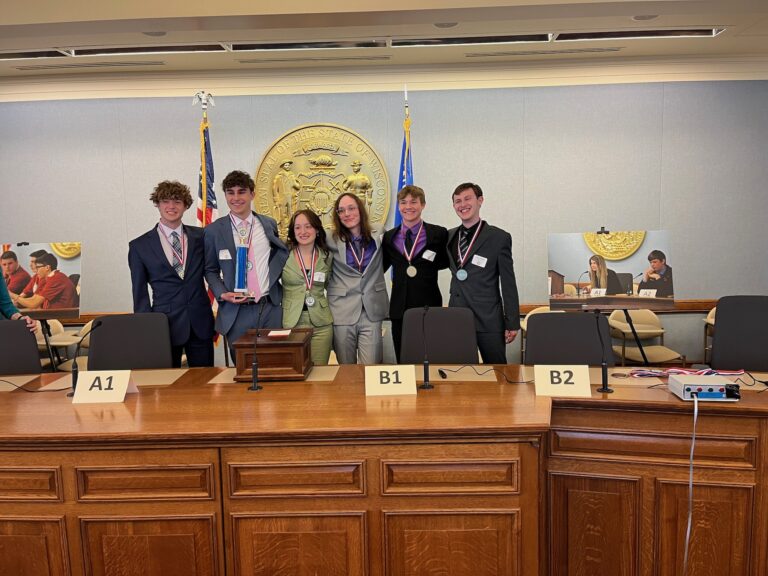Weekly Fiscal Facts are provided to Wisconsin Newspaper Association members by the Wisconsin Policy Forum, the state’s leading resource for nonpartisan state and local government research and civic education. The Wisconsin Policy Forum logo can be downloaded here.
The number of new housing permits issued this year is on pace to reach its highest level, in Wisconsin and nationally, since before the Great Recession — a welcome development amid fast-rising home prices.
Multi-family housing permits are surging in Wisconsin, far outpacing the nation and neighboring states, but increases in single-family permits in the state have lagged. While a rise in construction could improve housing access and affordability, the state still significantly trails the levels of new housing permits seen in the 1990s and 2000s.
The number of new housing units permitted in Wisconsin from January through September 2021 increased 26% over the same months in the prior year, new data from the U.S. Census Bureau shows. That compares to a 22.9% increase seen nationally during this period.
This trend does not simply reflect a rebound from the pandemic. New housing unit permits also are up through September 2021 compared to the same months in the previous four-year average, by 31.9% in Wisconsin and 29.1% nationally.
The trend differs, however, according to housing type. In Wisconsin, single-family housing permits were up 12.2% through September compared to the average of the same period in the prior four years, while multi-family permits were up 67.8%. This difference separates Wisconsin from neighboring states and from a national trend in which recent permits for single-family and multi-family housing units have increased at relatively comparable rates.
Among the 10 largest metropolitan areas located entirely or primarily within Wisconsin (known as core-based statistical areas, or CBSAs), the Madison CBSA leads, by far, in the total number of new housing units permitted this year through September. However, large relative increases are not limited to fast-growing Madison; they occurred in many mid-sized areas, including Appleton, Eau Claire, La Crosse, Oshkosh-Neenah, and Wausau. The state’s largest CBSA, Milwaukee-Waukesha-West Allis, saw a more modest increase.
The data referenced in this report is for residential construction permits issued by about 21,000 local governments collected as part of the U.S. Census Building Permits Survey. Though these permits are a useful metric for new housing trends, they are not a perfect measure of actual construction.
Previous Forum research found rental housing affordability is a challenge in many areas of the state. Hurdles also are mounting for homeownership, as housing price indices in Wisconsin and nationally show prices at record highs. Moreover, research conducted for the Wisconsin Realtors Association in 2019 found the state is facing a shortage in new housing construction.
Considering these factors, it would seem encouraging that this year Wisconsin is poised to permit the most new housing units since at least 2007. State and local governments may wish to consider further policy measures to enable the construction of additional housing, thereby further bolstering the state’s available supply of market-rate housing.
This information is provided to Wisconsin Newspaper Association members as a service of the Wisconsin Policy Forum, the state’s leading resource for nonpartisan state and local government research and civic education. Learn more at wispolicyforum.org.



